The Kilauea volcano has been experiencing eruptions since mid-May, and the island of Hawaii is still facing many problems. The lava flow has added approximately 320 acres of hardened rock to the island’s land mass, according to the United States Geological Survey. Many locals are still displaced from their homes.

Volcano avicity in Hawaii. Photo via Orange County Emergency Services.
Emergency management teams from across the country have been sent to Hawaii, including one with two local North Carolinians. Kirby Saunders is Orange County’s Emergency Management Coordinator and David Marsee holds the same position for Durham County. They’re currently staying in the Hawaii County National Guard Reserve 22 miles from the volcanic activity as they plan disaster response.
“Our job is to embed with them and assist them in managing this,” Saunders said in a phone interview from Hawaii, “as well as documenting and having accountability. It’s still obviously an unsafe environment. The lava is still flowing and flowing pretty well, and our job is to support our brothers and sister halfway around the world.”
Saunders and Marsee are two of six North Carolinians currently working in Hawaii, Saunders said, and they’re the third group from the state to help with management. They’re in the middle of a two-week shift, and they’ll help transition to a new management team once they’re finished.
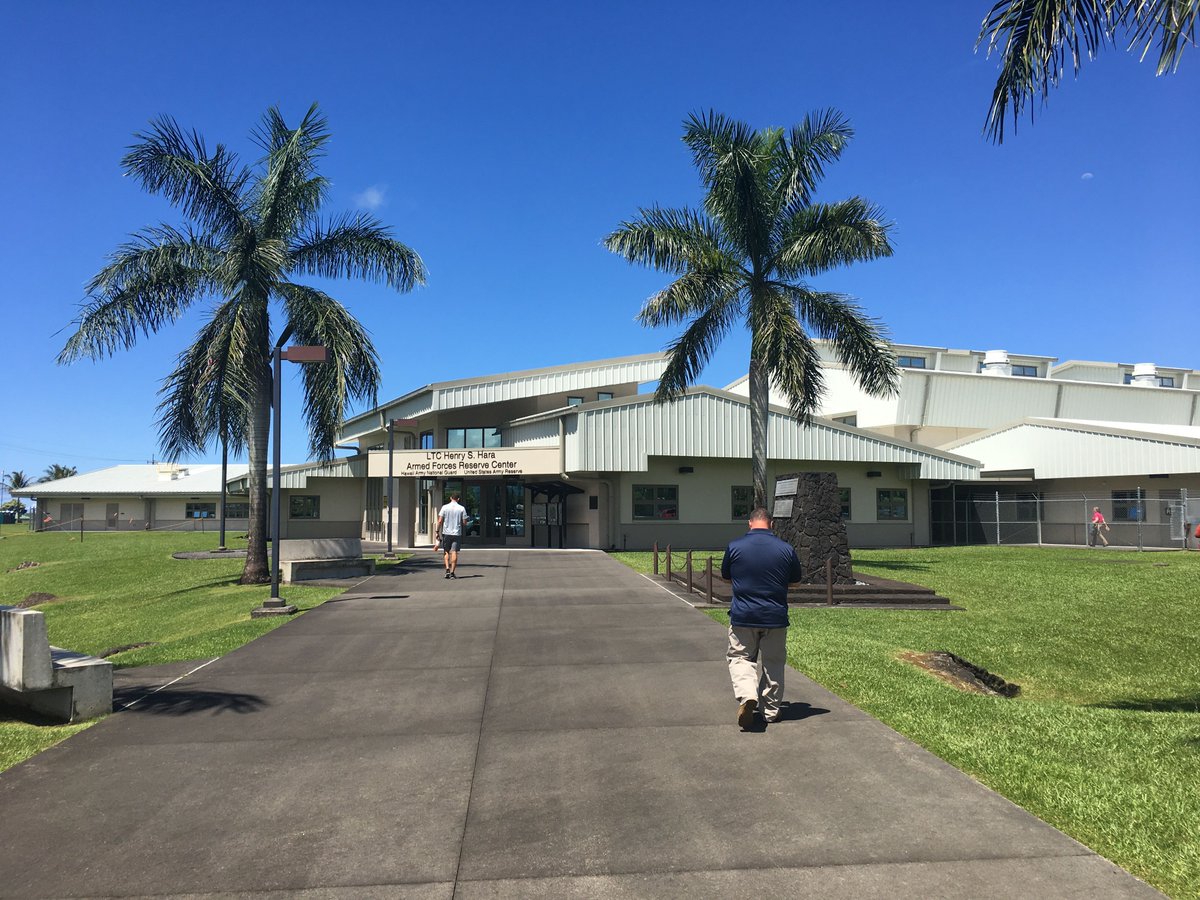
Hawaii response facility. Photo via Orange County Emergency Services.
Dealing with a volcano is new territory for both emergency management coordinators. Saunders described the challenging factors they’re facing, like sulfur-dioxide omissions, continuing seismic activity and Pele’s hair, which are falling particles similar to fiberglass. But he said it is a great learning opportunity and that they still apply the same management practices.
“The way we manage any threat or impact to our communities is the same across the United States,” said Saunders. “It’s the same process that we use at home no matter what the threat is, so that’s why we’re here and really supporting them.”
Marsee said these new factors and challenges in Hawaii will provide important experiences for the team to apply to their own North Carolina communities.
“I think one of the biggest things that we can bring back is the teamwork that we’re developing all the way across the country and halfway across the world,” Marsee said. “We’re all doing the same thing, and we’re all building that relationship. And I think it helps us refine our management skills out here, so if something does happen locally, we’re better prepared and more able to manage those events.”
Although no end to the volcanic activity is in sight and it will take years for the displaced Hawaiians to fully recover, Saunders said he believes the locals are keeping positive outlooks.
“This is obviously a little bit different because of the amount of the destruction but they seem to be pretty resilient here,” he said. “There’s lot of support and help from all across the country here, just doing the best we can for those who are displaced and who’ve lost their homes and businesses, but overall they seem to be pretty resilient.”
According to the U.S. Geological Survey, eruptions in the east rift zone around the volcano are still occurring as recent as of late last week.
Photo via United States Geological Survey
Related Stories
‹
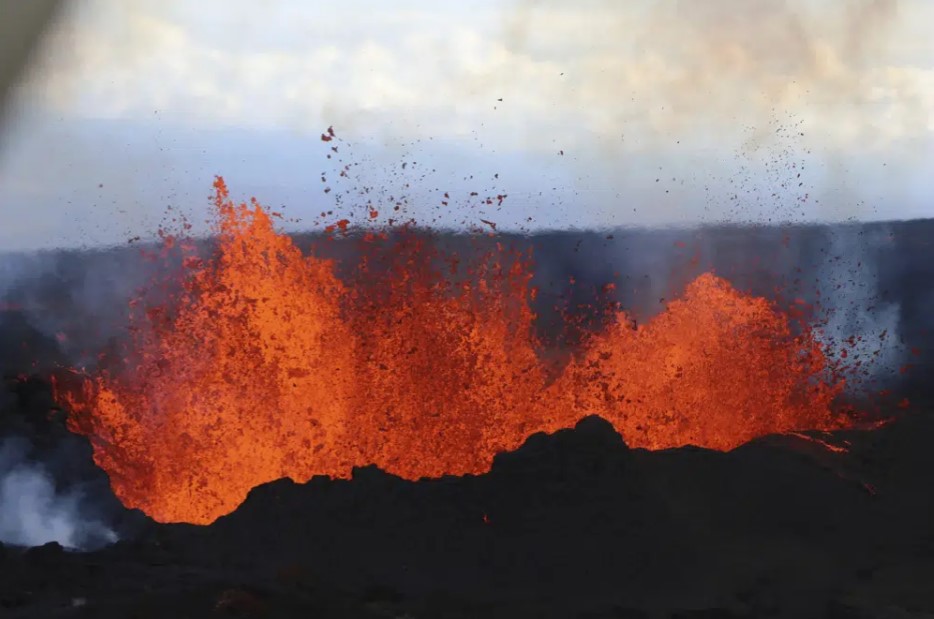
Prayers? Bombs? Hawaii History Shows Stopping Lava Not EasyWritten by AUDREY McAVOY Prayer. Bombs. Walls. Over the decades, people have tried all of them to stanch the flow of lava from Hawaii’s volcanoes as it lumbered toward roads, homes and infrastructure. Now Mauna Loa — the world’s largest active volcano — is erupting again, and lava is slowly approaching a major thoroughfare connecting the Big Island’s east and […]
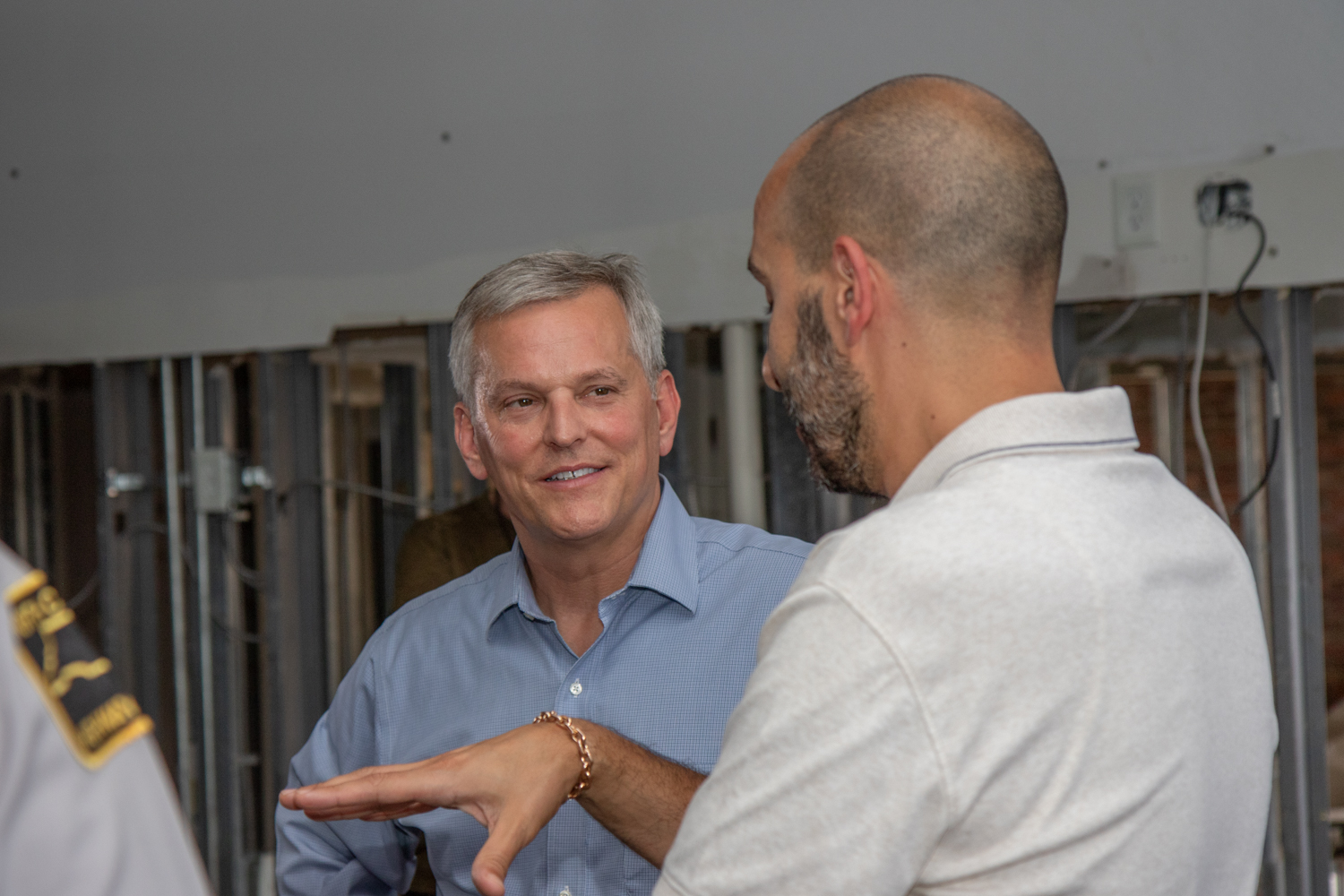
Latest Declaration by Gov. Stein Opens More Relief Opportunities for Orange County Flood VictimsNearly a full month removed from Tropical Depression Chantal's significant rain and subsequent flooding, victims in Orange County and other impacted regions have a new way to seek individual relief.

Orange, Chatham Counties Implement Plans For Extreme Heat as Summer Ramps UpWith this summer’s temperatures expected to go beyond last year’s, local governments are preparing for heat season like never before.
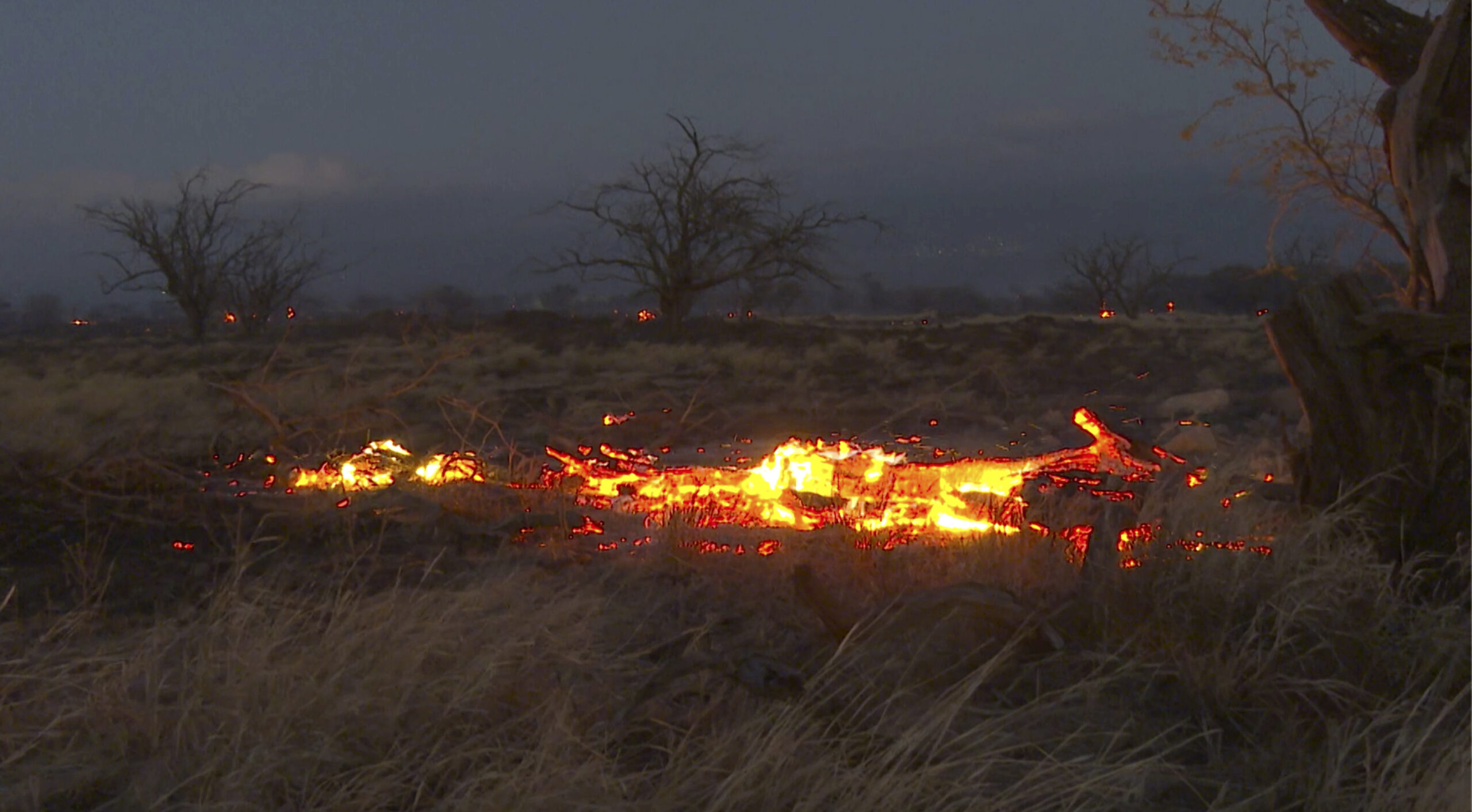
Maui Beckons Tourists, and Their Dollars, To Stave off Economic Disaster After WildfiresWritten by AUDREY MCAVOY and JENNIFER SINCO KELLEHER Richie Olsten has been in Maui’s helicopter tour business for a half century, so long he’s developed a barometer for the tourism-dependent economy: rental cars parked at the island’s airport. There are so many since wildfires killed at least 115 people in the historic town of Lahaina that Olsten […]
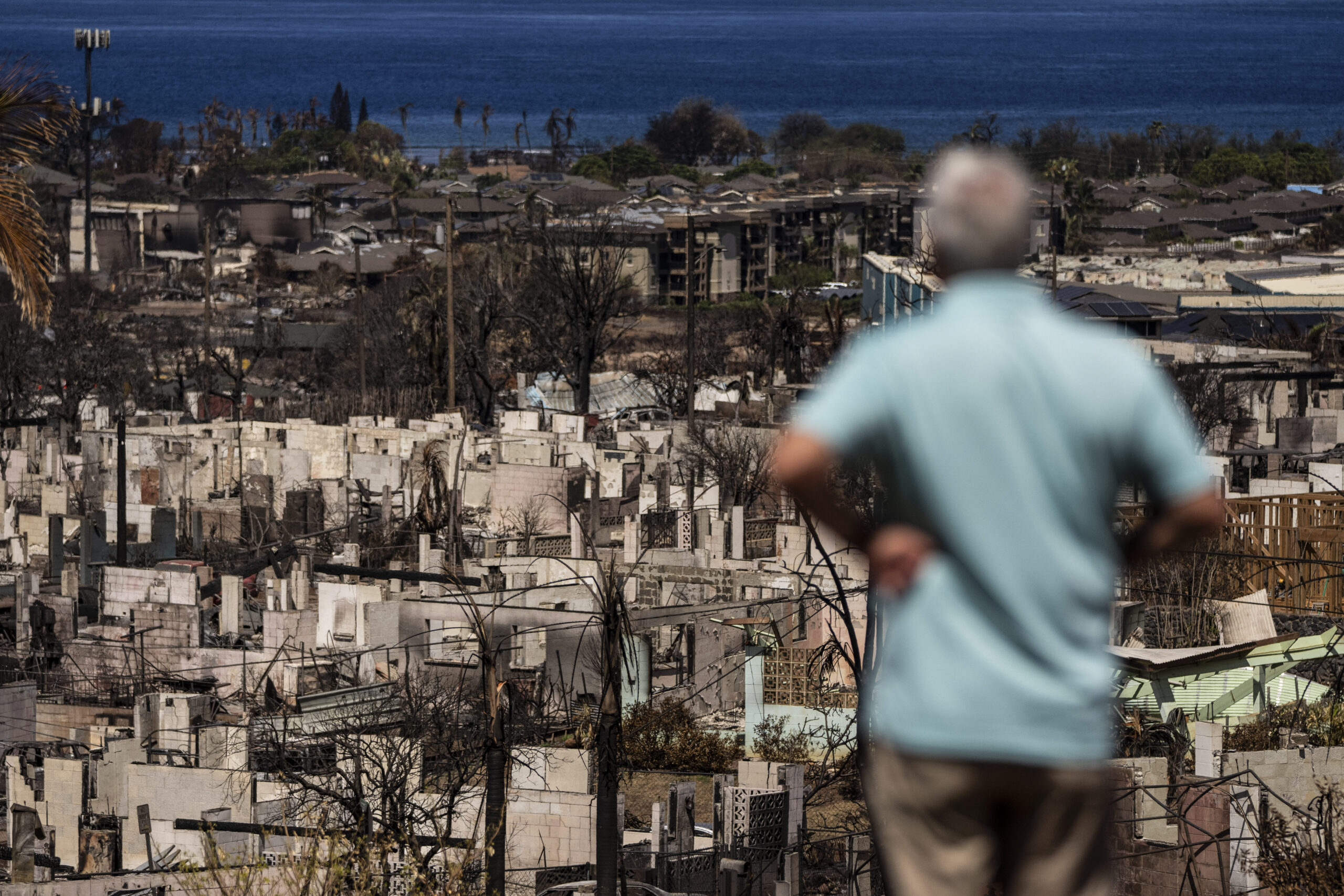
Maui Confronts the Challenge of Finding More Than 800 Missing People After the Deadly WildfiresWritten by AUDREY MCAVOY, CLAIRE RUSH and JENNIFER SINCO KELLEHER Two weeks after the deadliest U.S. wildfire in more than a century swept through the Maui community of Lahaina, authorities say more than 800 people remain unaccounted for — a staggering number that presents huge challenges for officials who are trying to determine how many of […]
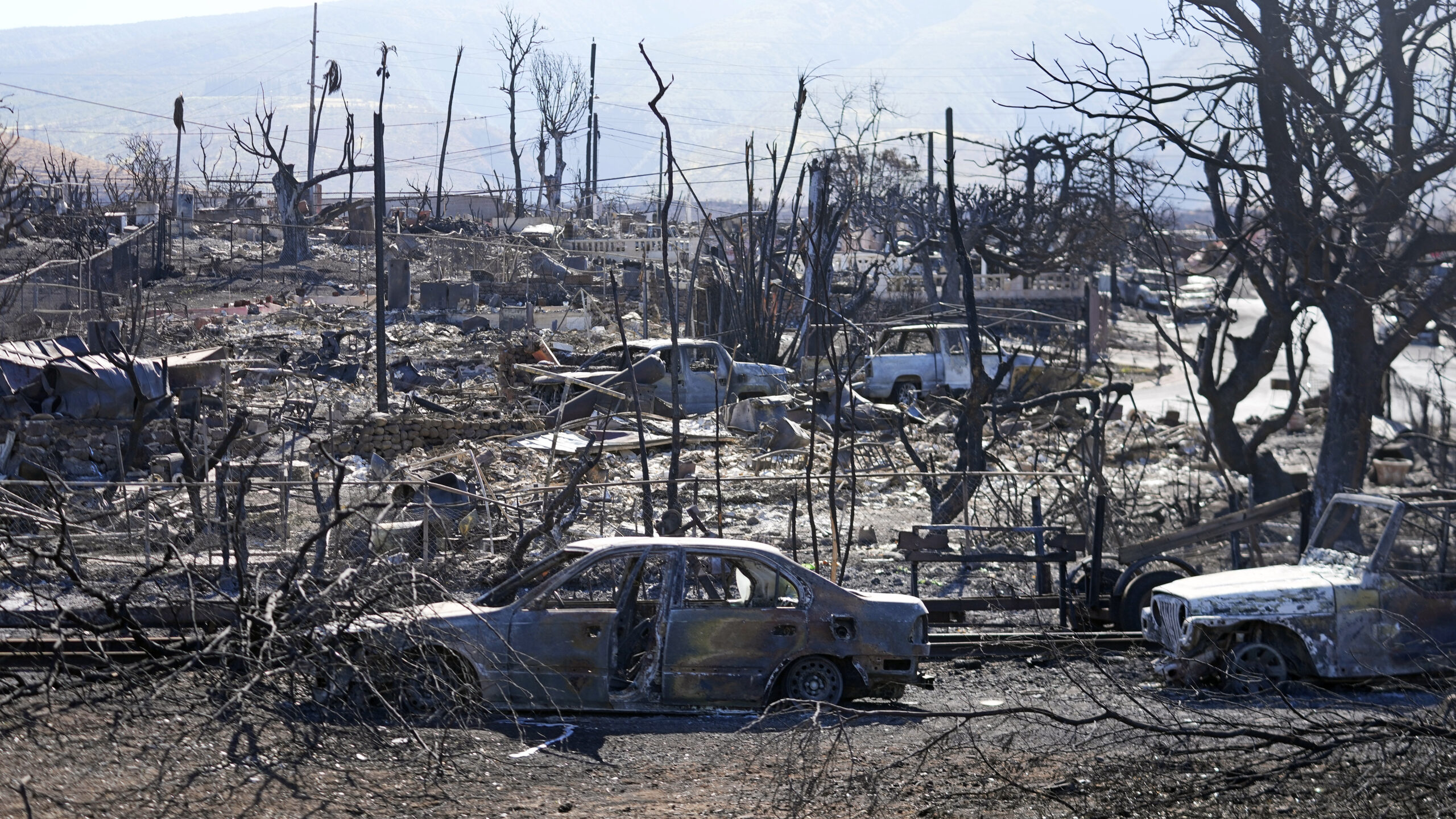
Survivors of Maui Fires Face Power Cuts and Poor Cell Service as Teams Work To Find and ID the DeadWritten by CLAIRE RUSH, JENNIFER SINCO KELLEHER and CHRISTOPHER WEBER Survivors of deadly wildfires on Maui contended with intermittent power and unreliable cell service as they sought help rebuilding their lives. Teams of people, meanwhile, labored to find the dead and identify them. With the death toll already at 106, a mobile morgue unit with additional coroners […]

At Least 36 Killed on Maui as Fires Burn Through Hawaii and Thousands Race To EscapeWritten by AUDREY MCAVOY, JENNIFER SINCO KELLEHER and NICK PERRY Thousands of Hawaii residents raced to escape homes on Maui as blazes swept across the island, destroying parts of a centuries-old town and killing at least 36 people in one of the deadliest U.S. wildfires in recent years. The fire took the island by surprise, leaving […]
![]()
Darwin in a Lab: Coral Evolution Tweaked for Global WarmingWritten by CALEB JONES On a moonless summer night in Hawaii, krill, fish and crabs swirl through a beam of light as two researchers peer into the water above a vibrant reef. Minutes later, like clockwork, they see eggs and sperm from spawning coral drifting past their boat. They scoop up the fishy-smelling blobs and […]
![]()
‘My Whole Life in a Van’: Islanders Flee Spanish VolcanoWritten by ARITZ PARRA A wall of lava up to 12 meters (40 feet) high bore down on a Spanish village Wednesday as islanders scrambled to save what they could before the molten rock swallowed up their homes following a volcanic eruption. The lava still spewing from Sunday’s eruption in the Canary Islands off northwest […]
![]()
Nerves on Edge on Spanish Island as Quakes, Lava ThreatenWritten by ARITZ PARRA and RENATA BRITO Several small earthquakes shook the Spanish island of La Palma off northwest Africa, keeping nerves on edge as rivers of volcanic lava continued to flow toward the sea Tuesday and a new vent blew open on the mountainside. After moving downhill across the island’s countryside since Sunday’s eruption, […]
›










